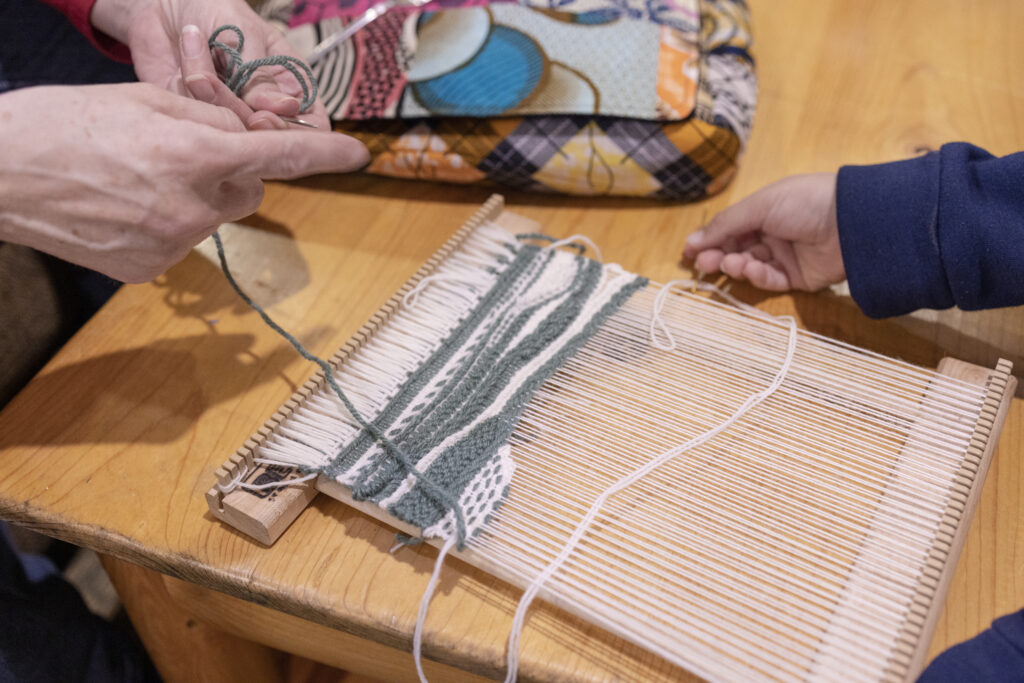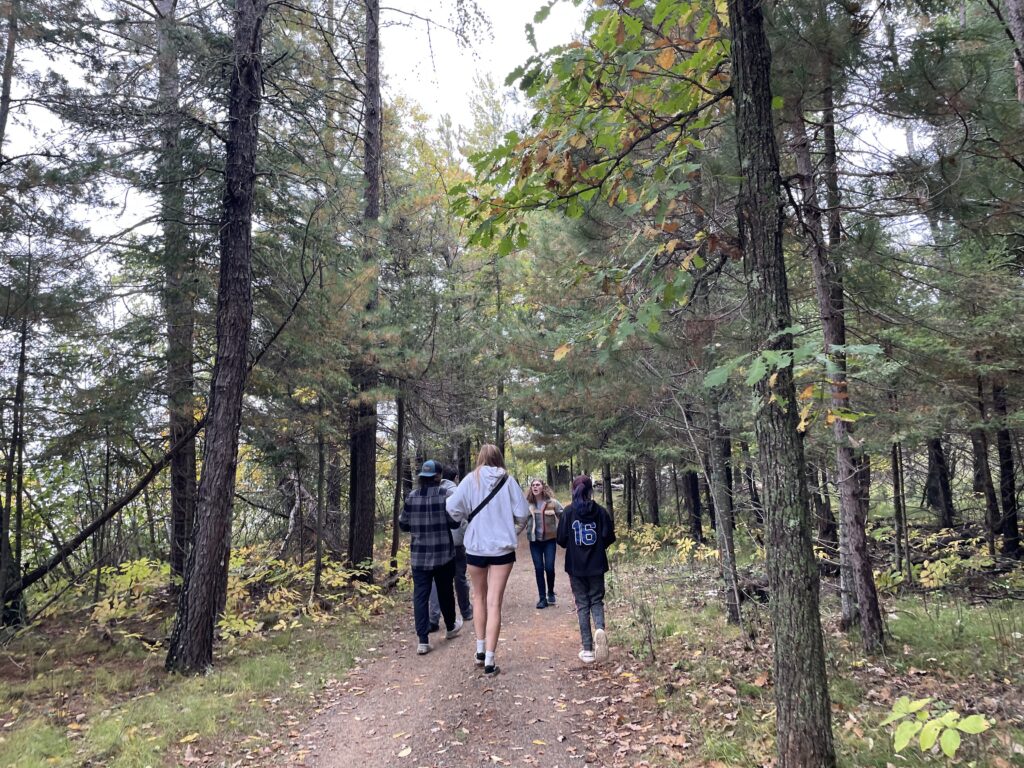
What is the Neurosequential Model of Therapeutics™ (NMT)?
The NMT™ is an assessment method designed by Dr. Bruce Perry at the Neurosequential Network™. Using a combination of historical information and observations of current functioning, the NMT™ assessment provides a map of areas of the brain that were most likely impacted by developmental trauma and recommendations for mind-body interventions to target those specific areas.
The human brain and body have an amazing ability to adapt to the environment they are born into. When a brain and body are born into trauma, they smartly and efficiently adapt, learning the skills needed to survive, and not learning the things that won’t be helpful for immediate survival. When the environment changes, the brain and body have a big task ahead of them. Eyes that used to have to watch for danger in every corner now have to filter out most of the world to focus on reading. Muscles that had to be ready to run have to learn to stay still at the dinner table. Thoughts that were safer unheard now have to be known and spoken aloud. Hearts that had to beat fast have to learn to beat slow, sleep that had to end quickly needs to last the night, and feelings that used to require immediate responses now require waiting and thinking before reacting.
Young people (and adults!) can’t make these changes just by working hard and wanting it, no more than babies can learn to walk by willpower alone. They need frequent, consistent stimulation that helps the brain and body adapt to a new environment and develop new skills. An NMT™ assessment can help identify the parts of the brain and body that need the most attention and provide recommendations for ways to target those areas.




Who are the NMT™ Assessors?
Who can get an NMT™ assessment at Ampersand Families?
NMT™ assessments are offered free of cost for youth who meet the following criteria:
- Currently lives in Minnesota
- Between the ages of 6 and 23
- Has current or past experience with foster care, kinship care arrangements (formal or informal), and/or adoption (domestic or international)
NMT™ assessments are funded by a grant from the MN Department of Children, Youth, and Families (DCYF)
What does the NMT™ assessment process look like?
The NMT™ assessor will review documentation (such as other assessments or medical records) and conduct collateral interviews with adults who either know about a youth’s personal/family history or are familiar with a youth’s current day-to-day functioning. Youth can also be interviewed as part of the assessment when appropriate.
Once the assessment is complete, you will receive a written report of the assessment results and recommendations. The assessor will then meet with the family/caregiving team for a debrief session to go over recommendations, develop an aftercare plan, and discuss funds or other resources available to assist with implementing the recommendations. The assessor will also follow up with you periodically after completing the assessment to troubleshoot and provide support as needed.
Where can I find more information?
- For more information on the science, practice, and development of the NMT™, you can find videos and writings on Dr. Bruce Perry’s website or the Neurosequential Network Youtube channel.
- Dr. Bruce Perry has written multiple books about the Neurosequential Model, including The Boy Who Was Raised as a Dog (co-authored by Maia Szalavitz) and What Happened to You (co-authored by Oprah Winfrey). Ampersand Families has a lending library that includes these books as well others by various authors about topics related to NMT™ concepts and recommendations. Please email us if you would like to check out a book from our library.
Make a referral
Waitlist status: Due to the extensive waitlist, we are not taking new referrals at this time.
If you have any questions about the NMT™ assessment, or want to consult with an assessor about your situation, please reach out the NMT™ team. You can email us or call/text us at 612.386.2227 (Patricia).




